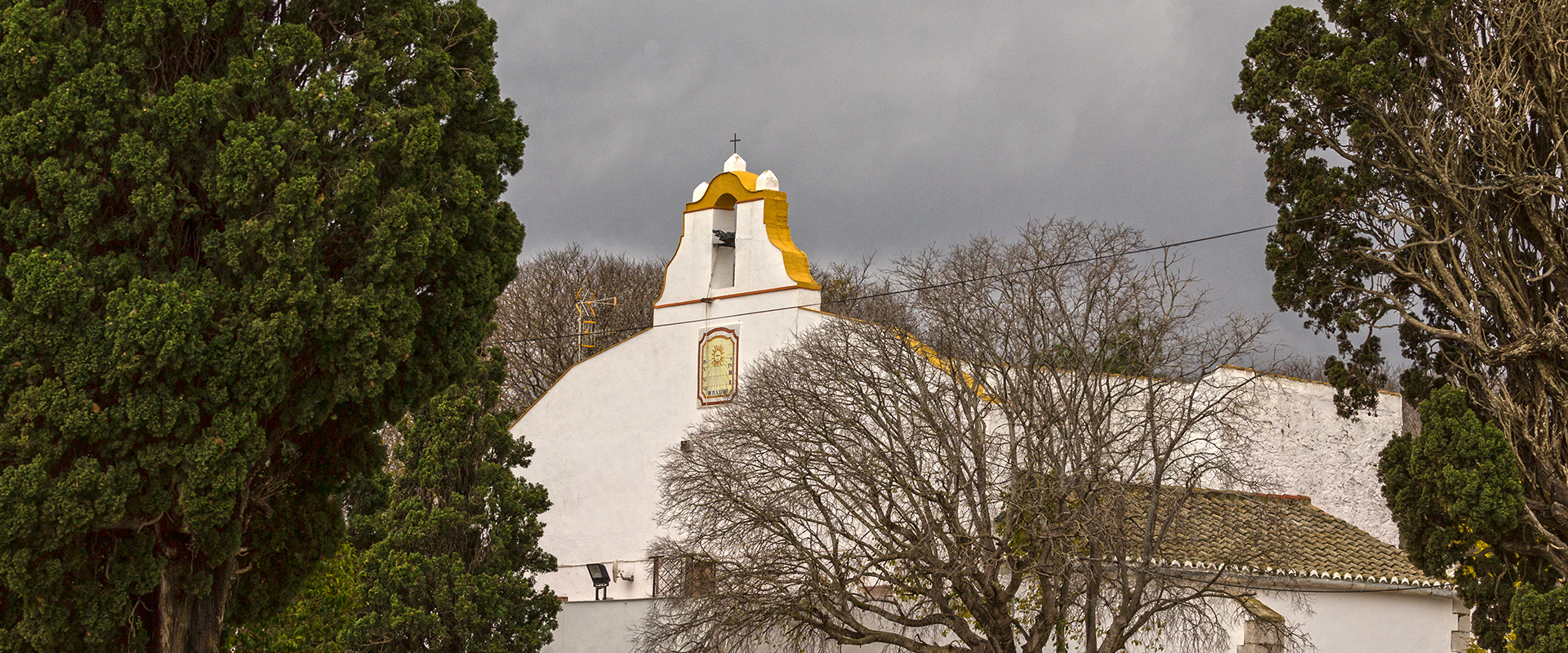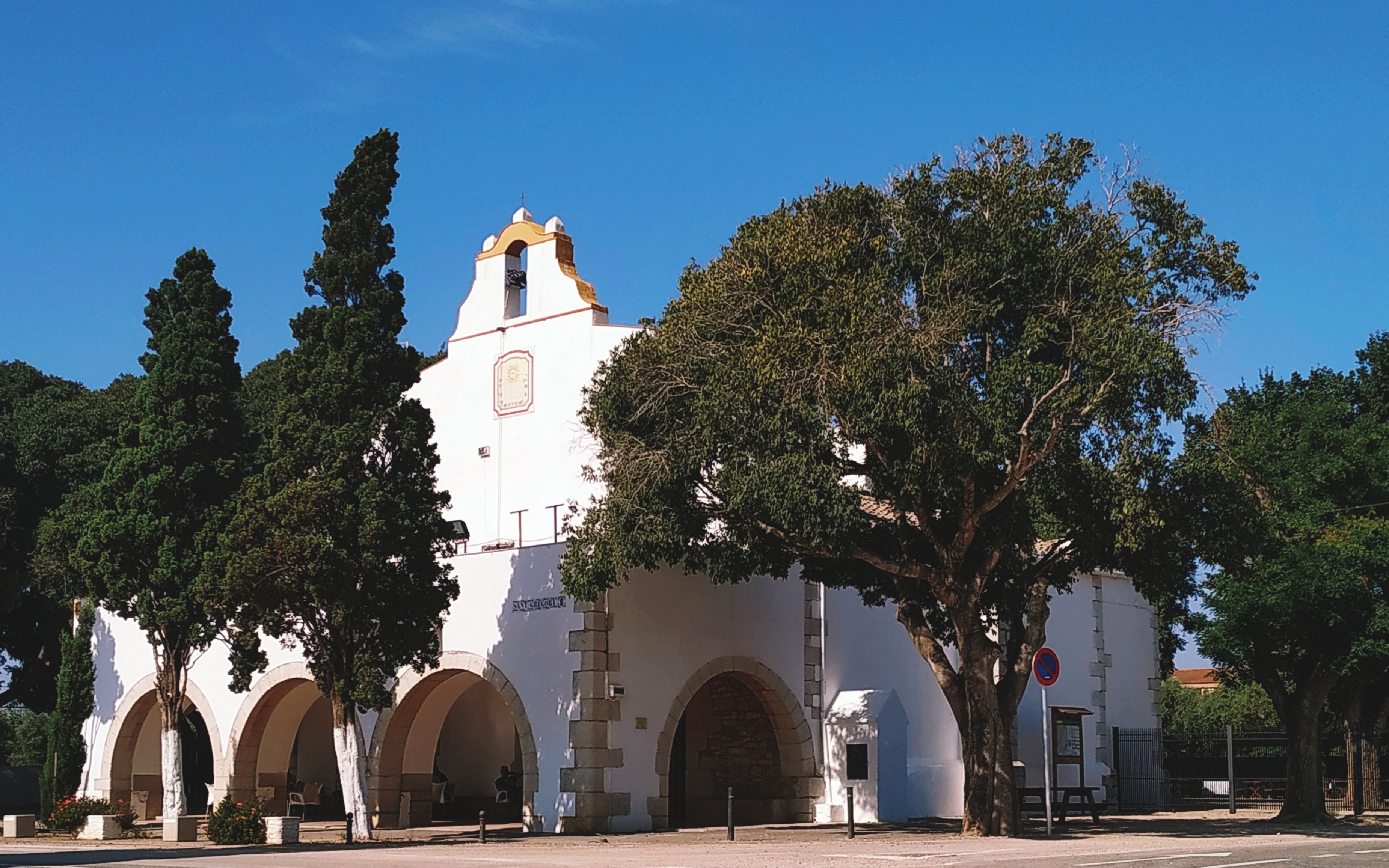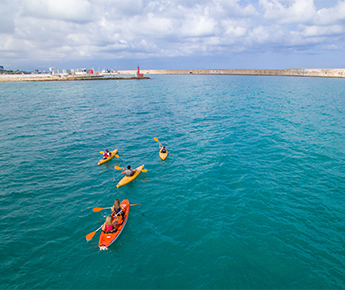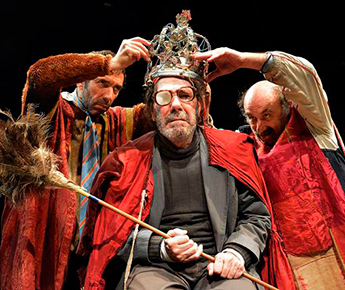
Hermitages

Sant Gregori
San Gregorio Hermitage in Benicarló is surrounded by orange groves and fields of olive trees, and is located approximately 2km to the west of the town on the “Sant Gregori” road.
History
It was either built or extended between the end of the seventeenth and beginning of the eighteenth century, in gratitude to Saint Gregory for getting rid of a plague of maggots in 1677. It has a large portico comprising five arches of carved stone, and the interior contains a painted wooden carving of the saint from the sixteenth century. Before this building was constructed it is possible that there was a previous one in the same place from the sixteenth century. The rooms adjacent to the hermitage were once the living quarters of the hermit and are now used as a restaurant. There is also a picnic area behind where you can enjoy a day out in the countryside.
Festivity
The festival begins on the eve of 8th May when you can enjoy music and have a good time all night long. In the morning on 9th May a pilgrimage leaves for the hermitage carrying a statue of the saint which is usually kept in San Bartolomé church. On arrival at the hermitage, there is a solemn Mass, and then the organizers share paella with all the pilgrims. For enjoyment there is a festival market. In the afternoon the pilgrims go back to the town along with the statue of the saint.
Martyred saints Abdon and Sennen
To the extreme north of Benicarló, near to Vinaròs and the Mediterranean motorway, in the middle of the plains, lies Puig de la Nau, a majestic hill of 160m in height. In the past, part of this hill was used as a stone quarry for building Benicarló harbour. At the top you will find the ruins of the Hermitage of the Martyred Saints Abdon and Sennen, and near this is an Iberian settlement from the fifth century BC.
The ruins can be reached on foot following a path leading off from the one which goes to the archaeological site.
The walls are all of stone except for the corners and hollows which are strengthened with ashlar stone. There is no roof and there appears to have been a low built vestry adjoining the main façade. There is a lintel over the doorway and over this an open niche. The upper part of the façade was either unfinished or has collapsed completely. There are some remains of niches and arches for possible side chapels inside.
Rocío
This hermitage is to the west of the town, about 5km from the centre. Building began in 1991 by Casa de Andalucía, to recreate the well-known Rocío de Almonte Hermitage (Huelva). Although it is still unfinished, every year with the arrival of Pentecost there is a pilgrimage from town to the hermitage.




